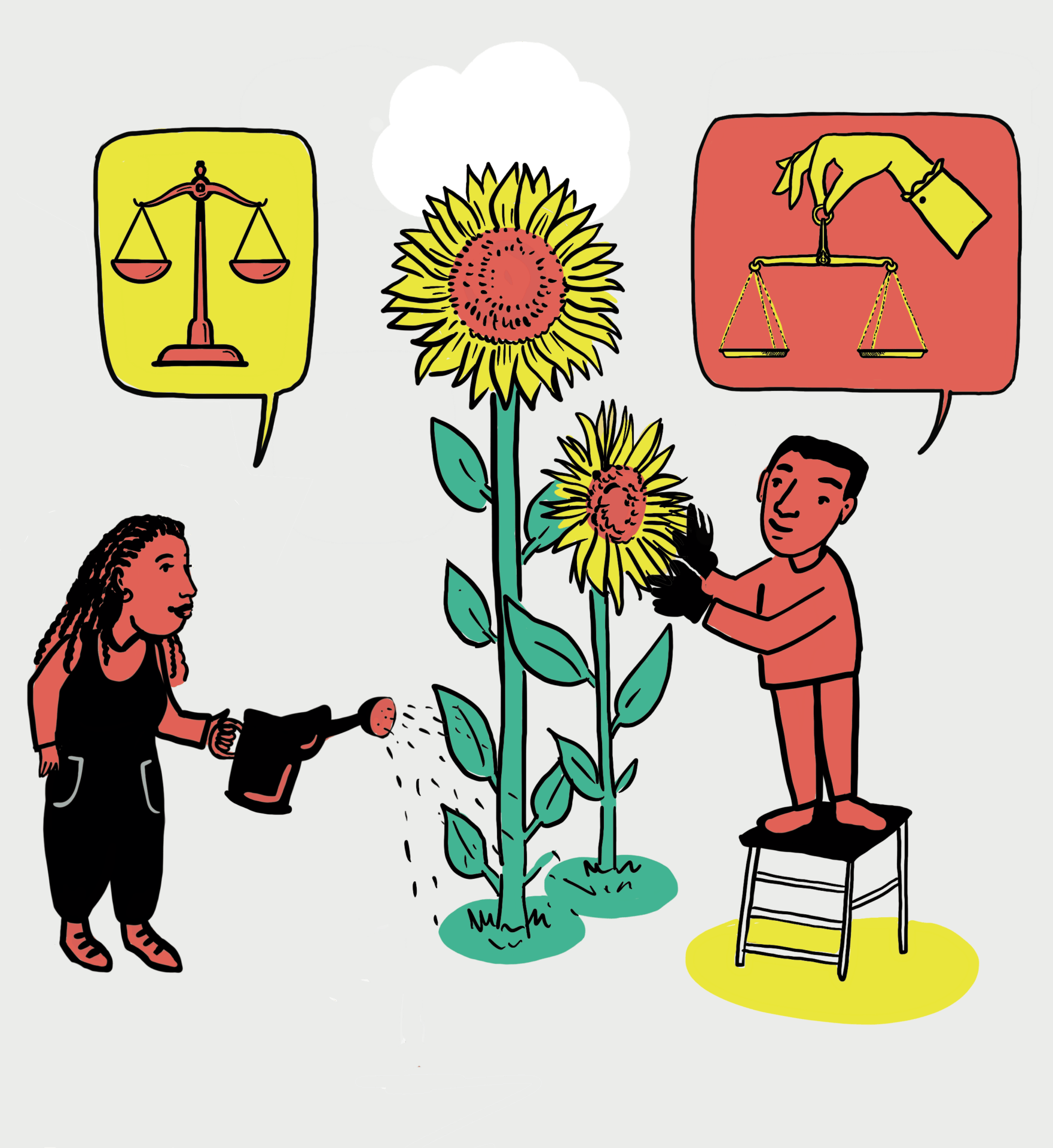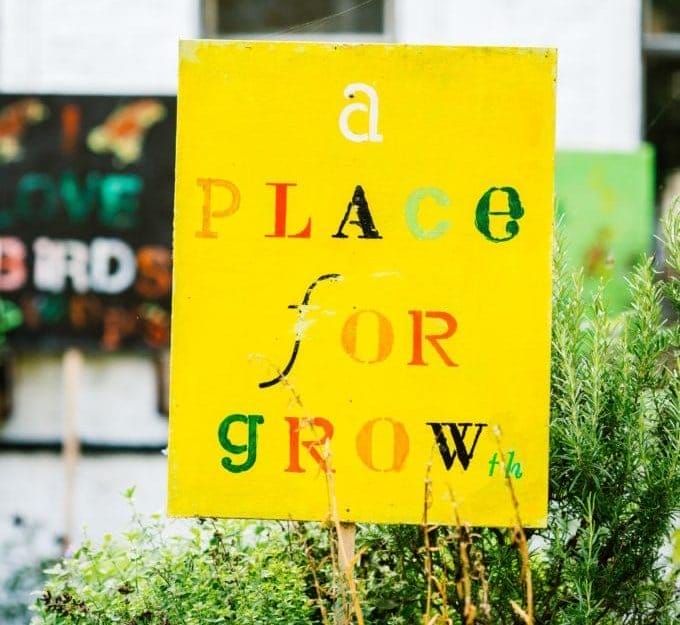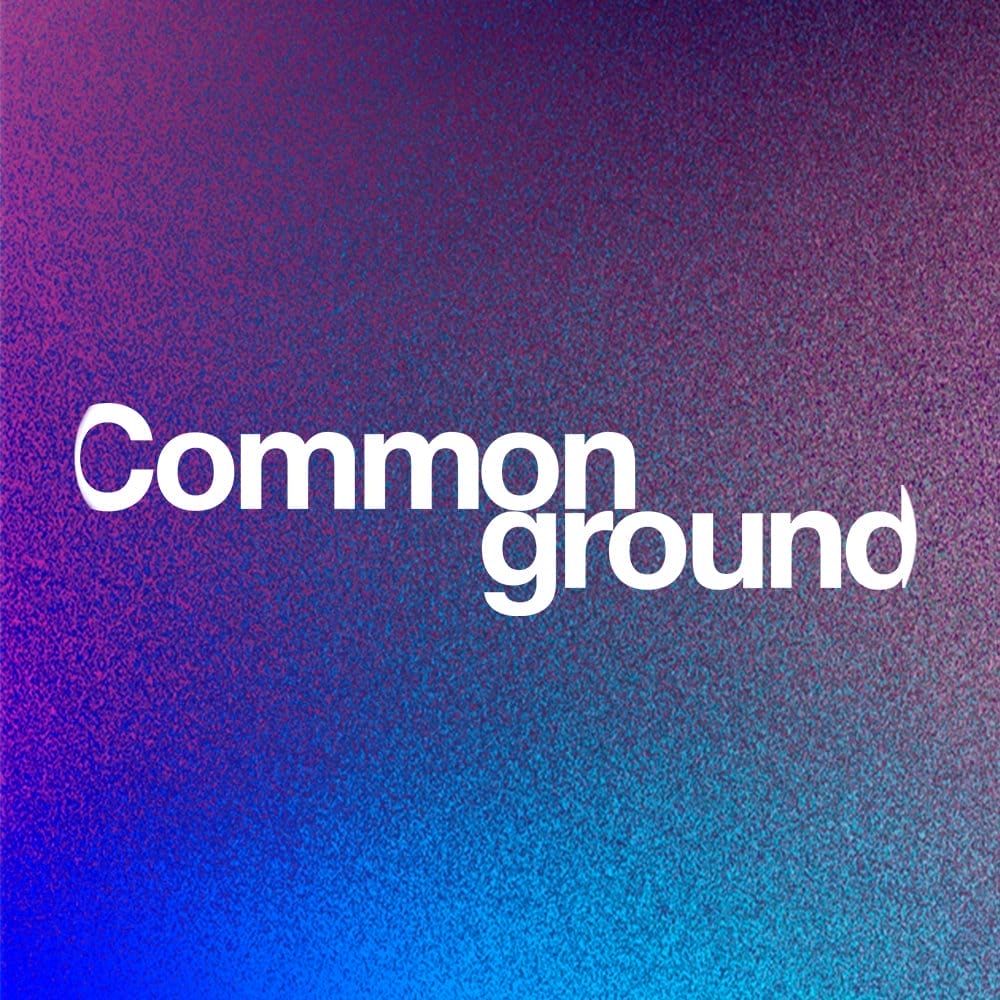28th November 2018, words by Julian Corner
My acid test for any would-be solution to a social problem is whether it reproduces or disrupts the dynamics that created the problem in the first place. For example, if you are attempting to tackle inequality, is there inequality built into your intervention? If so, you’ve got a perpetuating system right there. You say you’re doing one thing but being the opposite.
The way we largely do governance in the UK is a good example of this. The people we consider suitable for our Boards, how they are recruited, the power we vest in them, their modes of meeting and decision making all reinforce the idea of a hierarchy, that some types of people are entitled to make decisions about other types of people.
One of Lankelly Chase’s core contentions is that in an interconnected world all parts of a system have direct or indirect effects on all other parts. We think this holds true for the governance of organisations, the influence of which permeates everywhere, not just down a line of command. I’m not sure though there is much agreement about this. Yes we’re increasingly talking about Board diversity, and we jump on governance when charities hit the headlines, but I still get little sense that we view governance as a critical determinant of the outcomes our systems produce.
At Lankelly Chase, we have come to the uncomfortable realisation that if we want to change a system, we have to start with changing ourselves. Time and again we have found that the changes we think are needed ‘out there’ are equally needed ‘in here’. For example, we were saying outwardly that decision making in any system should be delegated as close as possible to the ground, yet within our own organisation grant making decisions were retained by our Board. It was out of a growing discomfort with this contradiction that we started to view our governance as part of the system we were trying to change.
The implications of this realisation are as practical as they are moral or ethical. A Board that is exclusively populated with accomplished senior professionals will seek the kinds of reassurances and controls that accomplished senior professionals are disciplined to need. This kind of Board can serve a charity very well, and I have benefited many times from having such expertise around the table. Yet it represents only one worldview about the way organisations should be run and what effectiveness should look like. It is a worldview that seeks clear causal certainties about the future, most obviously in terms of money, outcomes, evidence and accountability. These are hard to argue with, especially when voiced by people with rank and privilege, but also hard to square with the messy unpredictability of interconnected social problems.
Understandably, most governance is concerned with safeguarding the future of organisations, which is why we think we need so much professional expertise. But safe organisations aren’t the only determinant of improved social outcomes. Just as important is the interplay between organisations, the people they serve, funders, regulatory systems, communities, media and so on. Arguably, the quality of the relationship between the parts of the system contributes more to the outcomes we seek than the quality of the individual parts themselves. And yet where is the governance of the interrelations? Whose job is it to notice how things connect – or not – beyond organisational boundaries? Just look at any Annual Report and you’ll see how Trustees account for their own small part of the system to the exclusion of all else. I’d suggest this results in good parts operating in bad systems. So who takes responsibility for systems governance?
At Lankelly Chase, we have tried to think about how we govern ourselves as system actors – i.e. our responsibility towards the health of the whole system – and we have found little guidance or models to help us. Most advice urges Trustees to keep things as tight and tidy as possible. This is why we have started to view our governance as an action inquiry. We don’t know what good governance in an interconnected system should look like, but we do want to act and explore our way through to a new understanding. The kind of questions we are asking include: how can multiple perspectives be drawn into governance, both at the Board and beyond, and successfully form a productive whole? How should power be distributed or shared? How should an organisation, especially a foundation, be accountable to the system it occupies? Where and how should decisions be made? How should effectiveness be judged and on whose terms? What should governance pay attention to? And – because we are a foundation – where is our endowment invested and what impact does this have on the very issues we are set up to address?
I’ve heard it said of foundations that we will act up to the point at which our own vested interest starts to be affected, and no further. We have to state clearly that foundations should not be immune to the changes we espouse and, as manifestations of the inequality we say we want to tackle, our governance cannot be off the table. It is our view that such a blindspot will defeat our best efforts and intentions. Put more positively, as wealthy or cash-rich charities, we have far greater freedom to think and act radically, and in these challenging times we should view that freedom as bringing greater responsibility.
Lankelly Chase is up for this. We are daunted by the challenge, know we have and will continue to make mistakes, and want to act iteratively so that we can learn as we go along. We detect that others are thinking down similar lines, and we would welcome ideas, challenge and support. We will share our learning, progress, breakthroughs and mistakes as they emerge, and will be keen to hear others’ experience.
Our Governance Action Inquiry in full: What does effective governance look like of organisations trying to think and act systemically, starting with Lankelly Chase itself?
Our approach to change.



Comments (0)